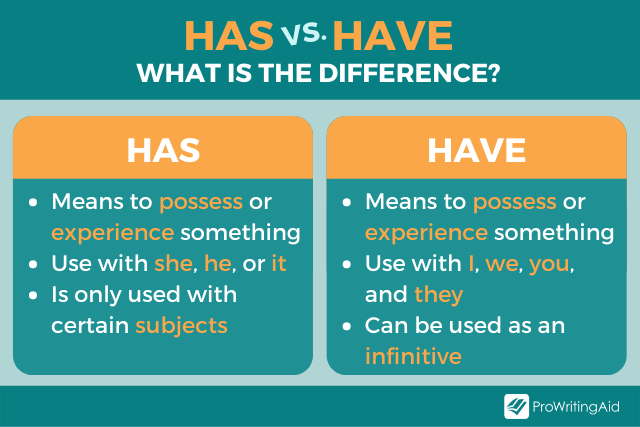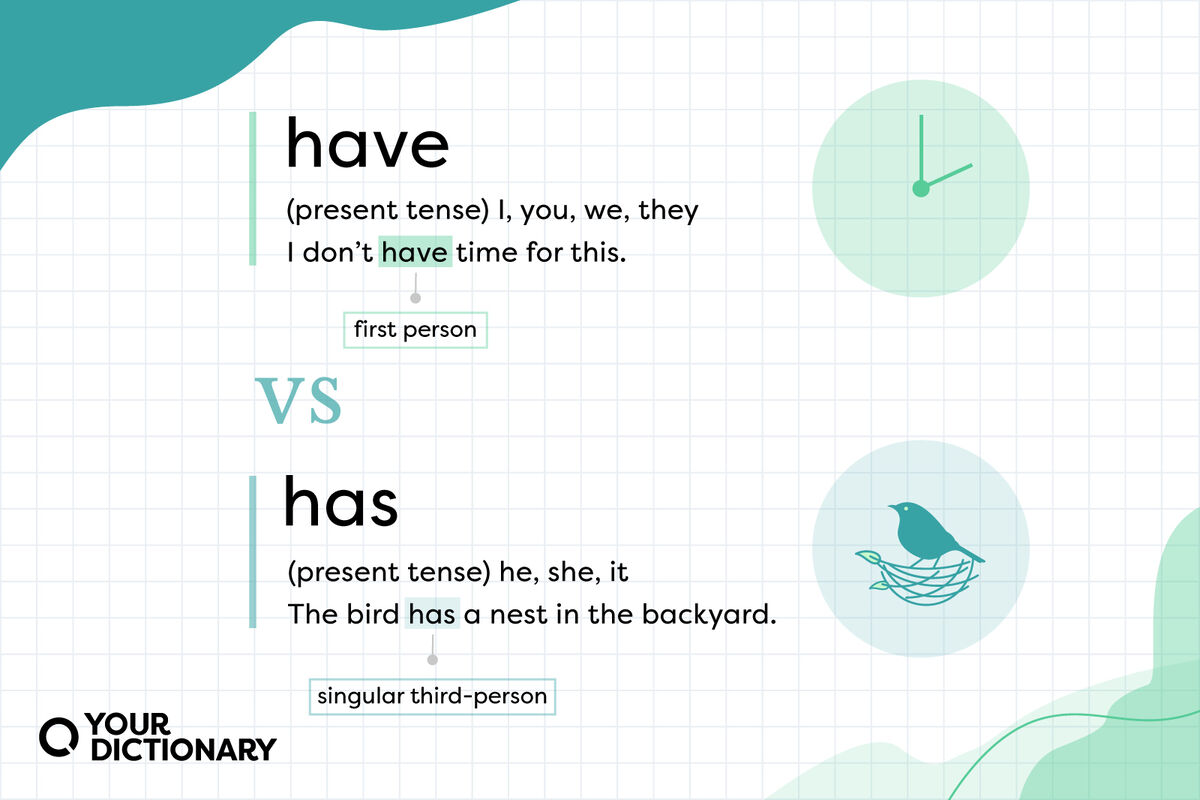Who Has The Most Symmetrical Face In The World? Exploring The Science Of Beauty
Have you ever stopped to think about what makes a face truly captivating? For centuries, people have been fascinated by beauty, and a big part of that fascination often comes down to one key feature: symmetry. It's almost as if our brains are wired to find balanced features pleasing, and this idea really shapes how we see attractiveness. So, naturally, many folks wonder: who has the most symmetrical face in the world?
This question, you know, isn't quite as simple as it sounds. While we often hear about certain celebrities or models being incredibly beautiful, pinpointing one single person with the "most" symmetrical face can be a bit tricky. What one person sees as perfect, another might view a little differently, and that's just how it goes with beauty.
Yet, there's a lot of interesting science and a good bit of cultural discussion that tries to get to the bottom of this. We'll explore why symmetry is seen as so important, look at some well-known examples, and even consider if perfect symmetry is really the only thing that matters. It's pretty fascinating, actually, when you dig into it.
- Sophie Rain Spiderman Erome
- Sean Hannity Wedding Date
- Remoteiot Vpc Ssh Raspberry Pi Download Free Windows
- 300mb Movies 9x
- Brooke Teague And Nathan Smith
Table of Contents
- What Makes a Face Symmetrical?
- Is a Perfectly Symmetrical Face Truly Possible?
- Contenders for the Most Symmetrical Face
- Challenging the Symmetry Standard
- Beyond Symmetry: What Really Makes a Face Beautiful?
- Frequently Asked Questions (FAQs)
What Makes a Face Symmetrical?
When we talk about a face being symmetrical, we basically mean that if you were to draw a line right down the middle, from the forehead to the chin, both sides would look like mirror images of each other. This means, for example, that both sides of the nose are shaped the same, or the eyes are equally spaced. It's really about balance, you know, across the face.
For a long time, people have felt that a beautiful face is a symmetrical face. It's almost like an unspoken rule in how we perceive attractiveness. This idea has been around for ages, and it still holds a lot of weight in modern beauty standards, too it's almost a given.
The Golden Ratio and Beauty
So, there's this old concept, the Golden Ratio, sometimes called Phi, which is a mathematical proportion that pops up a lot in nature and art. People have tried to apply it to human faces, too. The idea is that if a face's features—like the distance between the eyes, the length of the nose, or the width of the lips—fit into these specific mathematical ratios, it makes the face more pleasing to look at. It's a bit like a blueprint for what's considered ideal beauty, in a way.
- Yn Meaning Hood
- Luke Wilson Wife
- Pining For Kim Tail Blazer
- 5 Movierulz Kannada
- Viralkand New Gujarati 2025
Many folks believe that the most scientifically beautiful face is determined by how well its symmetry lines up with this Golden Ratio. It's a fascinating thought, that math could play such a big part in what we find attractive, isn't that something?
Why Symmetry is Attractive
Why do we find symmetrical faces so appealing? Well, there are a few ideas floating around. One common thought is that symmetry might signal good health and strong genes. If a person's face developed in a very balanced way, it could mean they didn't face many stresses or illnesses during their growth. This, you know, could be a subconscious signal to others.
People with faces that are more symmetrical are often seen as more attractive and approachable. It's a rather simple concept, yet it has a powerful effect on how we react to others. This perception has been growing in recent years, too, as more research explores the link between facial features and social responses.
Is a Perfectly Symmetrical Face Truly Possible?
Here's the thing about perfect symmetry: it's incredibly rare in real life. While we talk about it a lot, a face that is an absolute mirror image from one side to the other is pretty much unheard of. Most people, you know, have some slight differences between the left and right sides of their faces.
Think about it: even tiny things, like how one eyebrow sits a little higher than the other, or a slight curve in the nose, mean that perfect symmetry isn't there. Scientists, it turns out, have even estimated that truly perfect facial symmetry is found in a very, very small percentage of the world’s population—like, approximately 2.0803% rare. That's a tiny fraction, so, yeah, it's quite uncommon.
Despite this, some faces are definitely more symmetrical than others. When you compare the left and right sides of certain well-known individuals, you can see that some come very close to that ideal. It's a cool experiment, actually, to replicate one side of a star's face and see how it looks. You might be surprised.
Contenders for the Most Symmetrical Face
When people talk about who has the most symmetrical face in the world, a few names tend to pop up again and again. These are individuals whose features are widely admired and often studied for their balance and proportion. It's interesting how certain faces just seem to resonate with so many, isn't it?
Angelina Jolie: A Classic Example
Angelina Jolie is, you know, widely considered one of the most beautiful women globally, and her facial symmetry is very often mentioned as a big reason for her appeal. Her face is, by many accounts, nearly perfectly balanced. This kind of balance contributes a lot to her striking look, and it's something people have pointed out for years.
It's not just her overall beauty, but that specific quality of balance that makes her stand out in discussions about facial aesthetics. She truly embodies that classic sense of proportion, which is pretty remarkable.
Jessica Alba: Perfect Proportions
Jessica Alba is another name that comes up when discussing facial symmetry. She's often cited for having a very perfect ratio of her eyes to other features on her face, which contributes to what many call a perfectly symmetrical face. This, you know, is often why she's seen as so desirable and beautiful.
Her facial structure seems to hit those sweet spots in terms of proportion, making her a frequent example when experts talk about ideal beauty. It's pretty clear why she's so admired, actually, when you consider her features.
BTS Jin: Scientifically Perfect?
In the male category, BTS's Kim Seokjin, known as Jin, has actually been dubbed the world's most perfect face based on some scientific research. He was even chosen as one of the "top 3 most perfect faces" by a team of visual artists. This is a pretty big deal, considering how many faces are out there.
According to this team, Jin has a perfectly symmetrical oval face. This kind of recognition, you know, really highlights how his features align with what's considered ideal in terms of balance and proportion. It's quite something to be recognized in that way.
The Idea of a Composite Face
Sometimes, scientists or artists create what they call an "aesthetic composite" face. This isn't a real person, but rather an averaged face created by combining many different faces considered attractive. The interesting thing about these composite faces is that they often end up having near-perfect facial symmetry. This, you know, further supports the idea that symmetry is a key element in what we find beautiful.
Dr. Julian De Silva, a cosmetic surgeon who has used the Golden Ratio to map celebrity faces, once spoke about a high-scoring male face, saying, "he has beautiful facial symmetry and gets closer than any other man to having what the Greeks considered the perfect." This kind of research, you know, often points to an idealized version of beauty, which is fascinating.
Challenging the Symmetry Standard
While symmetry has long been seen as a gold standard for beauty, some people and even some studies have started to challenge this idea. For example, the Bella Ella Boutique once took on the theory that the most symmetrical faces are always the most beautiful. They did this by comparing the left and right sides of some very popular models' faces, just to test it out.
What they found, you know, sometimes suggested that a little bit of asymmetry can actually add character and uniqueness to a face. Perfect mirror images, in reality, can sometimes look a bit unnatural or even less engaging. It's a good reminder that beauty isn't always about strict rules; sometimes, the slight imperfections are what make a face truly memorable.
Beyond Symmetry: What Really Makes a Face Beautiful?
So, while facial symmetry certainly plays a big part in how we perceive beauty, it's not the only thing. Think about it: personality, expression, and even the way someone carries themselves all contribute to their overall appeal. A warm smile or kind eyes, you know, can make a person seem incredibly beautiful, even if their face isn't perfectly balanced.
The concept of beauty has always fascinated humanity, and many cultures attribute various traits to the idea of a perfect face. Among these traits, facial symmetry stands out, yes, but it's part of a bigger picture. Ultimately, beauty is quite subjective, and what one person finds stunning, another might not. It's a complex mix of genetics, culture, and personal preference, really.
To truly understand what makes a face beautiful, we probably need to look beyond just the measurements and ratios. It's about the whole person, and the feeling they give off, too. You can learn more about facial aesthetics on our site, and link to this page the science of beauty, which might give you even more to think about.
Frequently Asked Questions (FAQs)
People often have questions about facial symmetry and beauty. Here are a few common ones:
Is facial symmetry a sign of good health?
Many researchers think that facial symmetry can be a sign of good health. The idea is that growing up with a symmetrical face suggests good genes and a healthy development, without many environmental stresses. It's a pretty common thought in this field, actually.
Can you make your face more symmetrical?
While you can't really change your bone structure, some things might help improve facial balance. Things like good posture, certain facial exercises, or even cosmetic procedures can sometimes make slight differences. However, achieving perfect symmetry naturally is very difficult, you know, because our faces develop uniquely.
Do babies prefer symmetrical faces?
Interestingly, studies have shown that even babies tend to look longer at symmetrical faces. This suggests that the preference for symmetry might be hardwired into us, rather than something we learn. It's a pretty basic human response, apparently.

Have vs Has: What's the Difference? - The Grammar Guide

Has vs. Have: How to Use Have vs. Has with Useful Examples • 7ESL

Has vs. Have: Proper Grammar Rules | YourDictionary